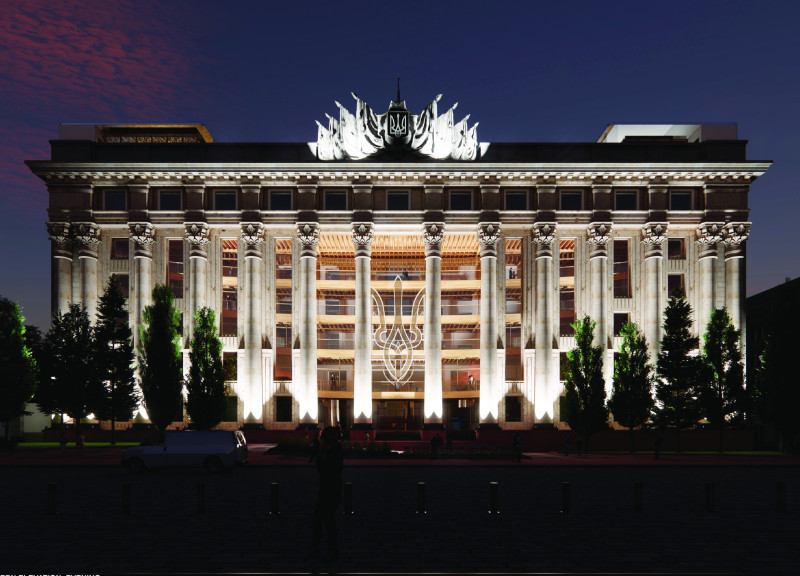5 key facts about this project
The primary function of the project is to [insert primary function, such as ‘provide a community gathering space, serve educational purposes, or facilitate artistic expressions’]. By doing so, it aims to create an inclusive environment that fosters community engagement and connections among individuals. The design carefully considers how people will interact with the space, ensuring that it accommodates both group activities and private moments. This dual approach to space utilization enhances the overall user experience and promotes a sense of belonging within the community.
Critical to the project's success is its spatial organization, which incorporates open layouts that facilitate natural movement and circulation. Key areas are interconnected, allowing users to navigate seamlessly from one zone to another. The strategic placement of large windows and other openings not only serves to flood the interiors with natural light but also visually links the indoor spaces with the surrounding landscape. This connection to nature is a significant aspect of the design, encouraging occupants to engage with their environment while reinforcing the internal atmosphere of tranquility.
The materials chosen for this architectural endeavor play a vital role in framing its identity. The use of concrete provides robust structural support while allowing for clean lines and modern finishes. Complementing the concrete are elements of wood and glass, which introduce warmth and a human scale to the design. The careful selection of materials not only addresses durability and maintenance considerations but also contributes to the aesthetic quality of the project. Each material serves a purpose, reinforcing the architectural language that is both functional and inviting.
Unique design approaches are prevalent throughout the project, one of which is the incorporation of sustainable practices. Features such as [insert specific sustainable elements, like solar energy systems, rainwater harvesting, and green roofs] illustrate a commitment to environmentally conscious design. These elements not only reduce the ecological footprint of the building but also enhance its long-term viability. This mindful approach to sustainability reflects broader trends within the architecture field that prioritize responsible design without sacrificing aesthetic or functional quality.
The architectural details incorporated into the design further enrich the overall experience. From the thoughtfully designed entrances that invite exploration to the carefully curated spaces that allow for different forms of interaction, every aspect has been considered to promote usability and engagement. Attention to detail is evident in the custom fixtures, finishes, and landscaping, which collectively establish a cohesive theme that resonates throughout the project.
Furthermore, the project is notable for its ability to adapt to the needs of its users. Flexible spaces are cleverly integrated within the design to accommodate various activities, ensuring the building remains relevant and useful over time. This adaptability is essential for maintaining the architectural integrity of the project, allowing it to evolve alongside the community it serves.
As you delve deeper into the details of this architectural project, exploring the architectural plans, sections, and other thoughtful aspects of the design will provide greater insight into its nuances and intentions. The careful integration of various elements contributes to its unique character and functionality, showcasing how architecture can foster community interaction and respond to the needs of its environment. For a more comprehensive understanding, consider reviewing the architectural concepts and designs presented within the project documentation to fully appreciate the depth of thought and creativity involved.


 Young Kang
Young Kang 























